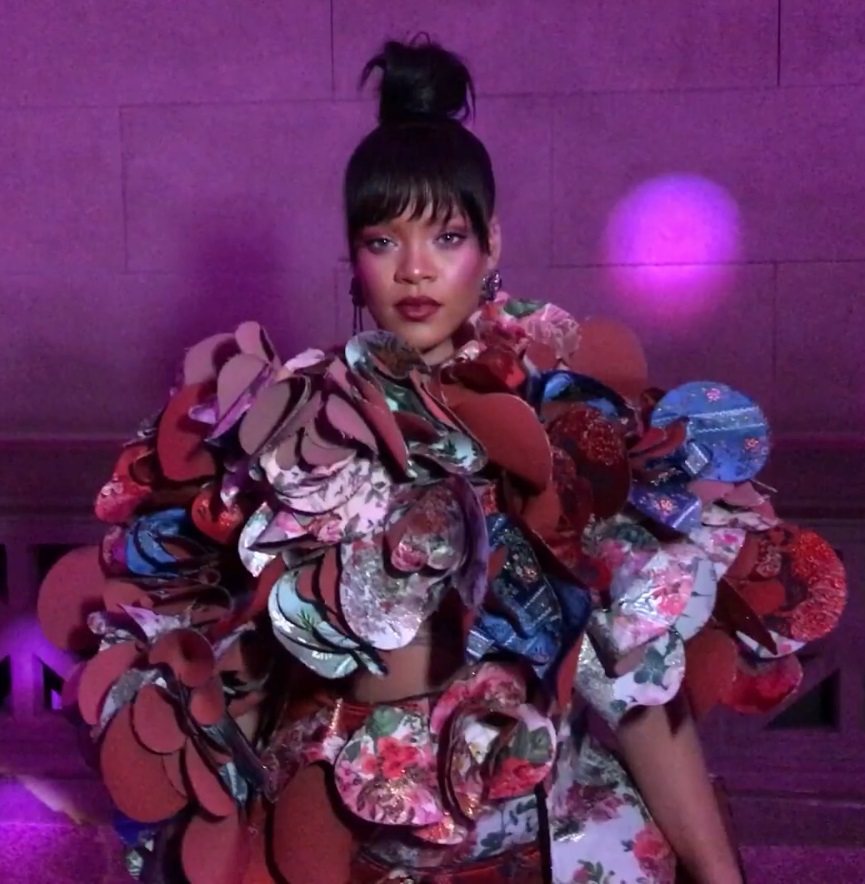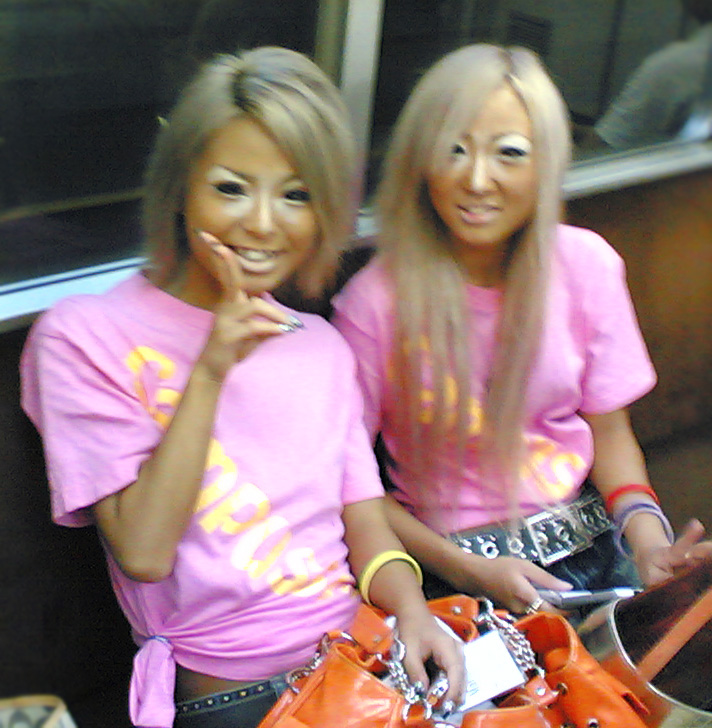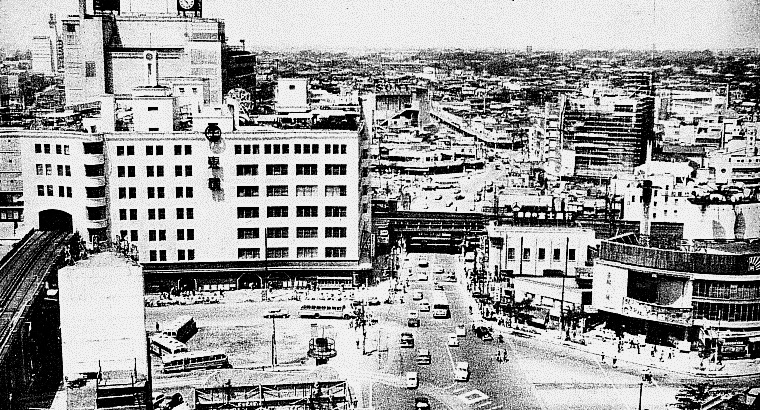|
Egg Magazine
''Egg'' was a style magazine for ''gyaru'' fashion, distributed in Japan. It featured photos of ''ganguro'' girls and synopses of their tastes and popular trends. The magazine also usually had photos of the newest fashions, where to buy them, latest hairstyles, cell phones, and make up tips. It also had candid photos of ''ganguro'' girls on the streets of Japan, similar to '' Fruits'' magazine. ''Egg'' had its own models which starred in every magazine. Due to the decline of Gyaru popularity, the magazine shut down with the last issue on 31 May 2014. ''Egg'' made its return as an online magazine in March 2018. Special editions Along with the main monthly issues, ''Egg'' also released special magazine issues. One was a seasonal beauty magazine called "egg's Beauty" which used to be released each year, but later was typically released twice a year in spring and autumn & winter editions. Other special releases included "Manba" which was an issue published in 2004 when Manba was still ... [...More Info...] [...Related Items...] OR: [Wikipedia] [Google] [Baidu] |
Gyaru
( ja, ギャル) , is a Japanese fashion subculture. The term ''gyaru'' is a Japanese transliteration of the English slang word . The term for was introduced in Japan by the American jeans company ''Lee'', who introduced a new line of jeans to their brand ''Wrangler''. When the women's jeans line 'GALS' was released in the 1970s; the term had been quickly used outside of its original branding and was adopted to describe the fashion by 1972. subculture was at its peak during the Heisei era. It had a large influence on Japanese fashion and its economy, its international economy, and its global soft power across the world through Cool Japan such as in Southeast Asia and internationally. Multiple brands branched out before eventually declining due to financial instability and changes in its target demographic. The terms usage peaked in the early 2000s and has gradually declined since. This decline has been attributed to shifts in magazine industry, the exaggeration of the ... [...More Info...] [...Related Items...] OR: [Wikipedia] [Google] [Baidu] |
Fashion
Fashion is a form of self-expression and autonomy at a particular period and place and in a specific context, of clothing, footwear, lifestyle, accessories, makeup, hairstyle, and body posture. The term implies a look defined by the fashion industry as that which is ''trending''. Everything that is considered ''fashion'' is available and popularized by the fashion system (industry and media). Given the rise in mass production of commodities and clothing at lower prices and global reach, sustainability has become an urgent issue among politicians, brands, and consumers. Definitions The French word , meaning "fashion", dates as far back as 1482, while the English word denoting something "in style" dates only to the 16th century. Other words exist related to concepts of style and appeal that precede ''mode''. In the 12th and 13th century Old French the concept of elegance begins to appear in the context of aristocratic preferences to enhance beauty and display refinement, an ... [...More Info...] [...Related Items...] OR: [Wikipedia] [Google] [Baidu] |
Gyaru
( ja, ギャル) , is a Japanese fashion subculture. The term ''gyaru'' is a Japanese transliteration of the English slang word . The term for was introduced in Japan by the American jeans company ''Lee'', who introduced a new line of jeans to their brand ''Wrangler''. When the women's jeans line 'GALS' was released in the 1970s; the term had been quickly used outside of its original branding and was adopted to describe the fashion by 1972. subculture was at its peak during the Heisei era. It had a large influence on Japanese fashion and its economy, its international economy, and its global soft power across the world through Cool Japan such as in Southeast Asia and internationally. Multiple brands branched out before eventually declining due to financial instability and changes in its target demographic. The terms usage peaked in the early 2000s and has gradually declined since. This decline has been attributed to shifts in magazine industry, the exaggeration of the ... [...More Info...] [...Related Items...] OR: [Wikipedia] [Google] [Baidu] |
Ganguro
is a fashion trend among young Japanese women that started in the mid-1990s, distinguished by a dark tan and contrasting make-up liberally applied by fashionistas. The Shibuya and Ikebukuro districts of Tokyo were the centres of ''ganguro'' fashion; it was started by rebellious youth who contradicted the traditional Japanese concept of beauty; pale skin, dark hair and neutral makeup tones. ''Ganguro'' instead tanned their skin, bleached their hair and used much colourful makeup in unusual ways. ''Ganguro'' has a connection to Japanese folklore of ghosts and demons who are depicted with a similar appearance such as those in kabuki and noh costumes. This connection is further underlined by the off-shoot style ''yamanba'', named after a mountain witch in Japanese folklore. The ''ganguro'' trend started in the mid-1990s and reached its peak by the latter half of the decade; it purportedly became almost obsolete by 2000 when a bihaku (light skin) craze emerged among young women who ... [...More Info...] [...Related Items...] OR: [Wikipedia] [Google] [Baidu] |
Fruits (magazine)
''Fruits'' (stylized "FRUiTS") was a monthly Japanese street fashion magazine founded in 1997 by photographer Shoichi Aoki. Though FRUiTS covered styles found throughout Tokyo, it is associated most closely with the fashion subcultures found in Tokyo's Harajuku, Harajuku district. The magazine primarily focused on individual styles found outside the fashion-industry mainstream, as well as subcultures specific to Japan, such as Lolita fashion, lolita and ganguro, and local interpretations of larger subcultures like Punk fashion, punk and Goth subculture, goth. Content FRUiTS featured a simple layout, with the bulk of the magazine made up of single full-page photographs accompanied by a brief profile of the photographed person, which included their age, occupation, and a description of what brands they were wearing (if applicable), as well as their self-described "point of fashion" (style inspiration). Most issues included only a couple of advertisements, and typically only for loc ... [...More Info...] [...Related Items...] OR: [Wikipedia] [Google] [Baidu] |
Shibuya, Tokyo
Shibuya (渋谷 区 ''Shibuya-ku'') is a special ward in Tokyo, Japan. As a major commercial and finance center, it houses two of the busiest railway stations in the world, Shinjuku Station (southern half) and Shibuya Station. As of April 1, 2022, it has an estimated population of 228,906 and a population density of 15,149.30 people per km2 (39,263.4/sq mi). The total area is 15.11 km2 (5.83 sq mi). The name "Shibuya" is also used to refer to the shopping district which surrounds Shibuya Station. This area is known as one of the fashion centers of Japan, particularly for young people, and as a major nightlife area. History Heian to Edo period Shibuya was historically the site of a castle in which the Shibuya family resided from the 11th century through the Edo period. Following the opening of the Yamanote Line in 1885, Shibuya began to emerge as a railway terminal for southwestern Tokyo and eventually as a major commercial and entertainment center. Meiji to Showa period ... [...More Info...] [...Related Items...] OR: [Wikipedia] [Google] [Baidu] |
Tokyo
Tokyo (; ja, 東京, , ), officially the Tokyo Metropolis ( ja, 東京都, label=none, ), is the capital and largest city of Japan. Formerly known as Edo, its metropolitan area () is the most populous in the world, with an estimated 37.468 million residents ; the city proper has a population of 13.99 million people. Located at the head of Tokyo Bay, the prefecture forms part of the Kantō region on the central coast of Honshu, Japan's largest island. Tokyo serves as Japan's economic center and is the seat of both the Japanese government and the Emperor of Japan. Originally a fishing village named Edo, the city became politically prominent in 1603, when it became the seat of the Tokugawa shogunate. By the mid-18th century, Edo was one of the most populous cities in the world with a population of over one million people. Following the Meiji Restoration of 1868, the imperial capital in Kyoto was moved to Edo, which was renamed "Tokyo" (). Tokyo was devastate ... [...More Info...] [...Related Items...] OR: [Wikipedia] [Google] [Baidu] |
MensEGG
''MensEGG'' was a style magazine distributed in Japan aimed at young men published between 1999 and 2013. It was a counterpart of ''Egg magazine'', which focused on Gyaru-oh (male Gyaru) fashions – it was the gyaru-oh bible. There is also ''Men's Egg Bitter'' magazine, aimed at Gyaruo aged 23 and above. History and profile ''Men's Egg was established in 1999. The image of the magazine revolved around Japanese working-class trends, appealing to young men mostly under 20. It draws inspiration from Japanese "yankee" (delinquent) culture, also with techno and surfer influences. This style is often looked down on by some other Japanese, who associate it with juvenile delinquency Juvenile delinquency, also known as juvenile offending, is the act of participating in unlawful behavior as a minor or individual younger than the statutory age of majority. In the United States of America, a juvenile delinquent is a person ..., and also, "Inakamono"(somebody from the countryside). Th ... [...More Info...] [...Related Items...] OR: [Wikipedia] [Google] [Baidu] |
1995 Establishments In Japan
File:1995 Events Collage V2.png, From left, clockwise: O.J. Simpson is acquitted of the murders of Nicole Brown Simpson and Ronald Goldman from the year prior in "The Trial of the Century" in the United States; The Great Hanshin earthquake strikes Kobe, Japan, killing 5,000-6,000 people; The Unabomber Manifesto is published in several U.S. newspapers; Gravestones mark the victims of the Srebrenica massacre near the end of the Bosnian War; Windows 95 is launched by Microsoft for PC; The first exoplanet, 51 Pegasi b, is discovered; Space Shuttle Atlantis docks with the Space station Mir in a display of U.S.-Russian cooperation; The Alfred P. Murrah Federal Building in Oklahoma City is bombed by domestic terrorists, killing 168., 300x300px, thumb rect 0 0 200 200 O. J. Simpson murder case rect 200 0 400 200 Kobe earthquake rect 400 0 600 200 Unabomber Manifesto rect 0 200 300 400 Oklahoma City bombing rect 300 200 600 400 Srebrenica massacre rect 0 400 200 600 Space Shuttle ... [...More Info...] [...Related Items...] OR: [Wikipedia] [Google] [Baidu] |
2014 Disestablishments In Japan
Fourteen or 14 may refer to: * 14 (number), the natural number following 13 and preceding 15 * one of the years 14 BC, AD 14, 1914, 2014 Music * 14th (band), a British electronic music duo * ''14'' (David Garrett album), 2013 *''14'', an unreleased album by Charli XCX * "14" (song), 2007, from ''Courage'' by Paula Cole Other uses * ''Fourteen'' (film), a 2019 American film directed by Dan Sallitt * ''Fourteen'' (play), a 1919 play by Alice Gerstenberg * ''Fourteen'' (manga), a 1990 manga series by Kazuo Umezu * ''14'' (novel), a 2013 science fiction novel by Peter Clines * ''The 14'', a 1973 British drama film directed by David Hemmings * Fourteen, West Virginia, United States, an unincorporated community * Lot Fourteen, redevelopment site in Adelaide, South Australia, previously occupied by the Royal Adelaide Hospital * "The Fourteen", a nickname for NASA Astronaut Group 3 * Fourteen Words, a phrase used by white supremacists and Nazis See also * 1/4 (other) * Fo ... [...More Info...] [...Related Items...] OR: [Wikipedia] [Google] [Baidu] |
Defunct Women's Magazines Published In Japan
{{Disambiguation ...
Defunct (no longer in use or active) may refer to: * ''Defunct'' (video game), 2014 * Zombie process or defunct process, in Unix-like operating systems See also * * :Former entities * End-of-life product * Obsolescence Obsolescence is the state of being which occurs when an object, service, or practice is no longer maintained or required even though it may still be in good working order. It usually happens when something that is more efficient or less risky r ... [...More Info...] [...Related Items...] OR: [Wikipedia] [Google] [Baidu] |
Fashion Magazines Published In Japan
Fashion is a form of self-expression and autonomy at a particular period and place and in a specific context, of clothing, footwear, lifestyle, accessories, makeup, hairstyle, and body posture. The term implies a look defined by the fashion industry as that which is ''trending''. Everything that is considered ''fashion'' is available and popularized by the fashion system (industry and media). Given the rise in mass production of commodities and clothing at lower prices and global reach, sustainability has become an urgent issue among politicians, brands, and consumers. Definitions The French word , meaning "fashion", dates as far back as 1482, while the English word denoting something "in style" dates only to the 16th century. Other words exist related to concepts of style and appeal that precede ''mode''. In the 12th and 13th century Old French the concept of elegance begins to appear in the context of aristocratic preferences to enhance beauty and display refinement, and , ... [...More Info...] [...Related Items...] OR: [Wikipedia] [Google] [Baidu] |
.jpg)





